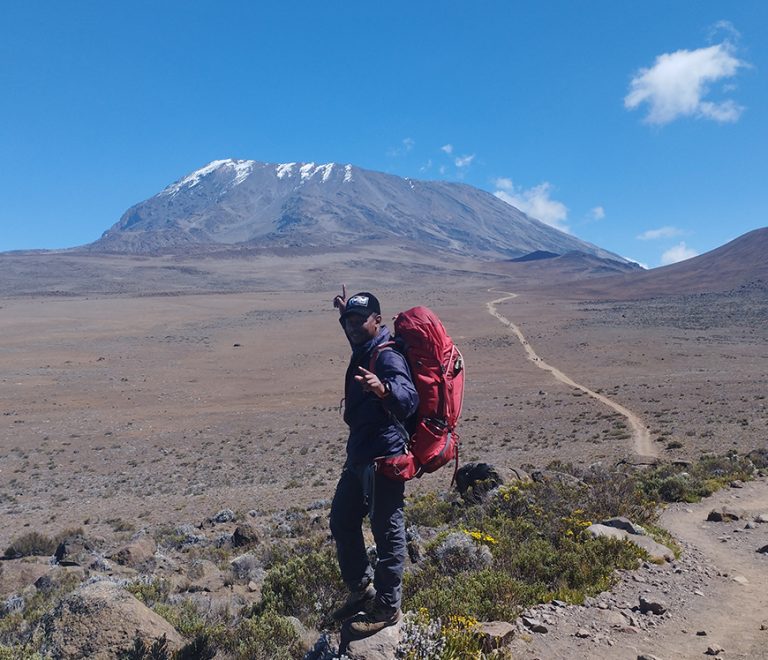
You Deserve The Best
Tailor Made Tour
The excursions featured on our website serve as sample itineraries reflecting our annual plans. However, these are not the only fixed programs we offer. You can use these itineraries as a starting point and customize your vacation by adding or combining elements. Alternatively, you have the option to design a completely unique tour by incorporating your preferred components.






